In this age of environmental damage, we find ourselves in a situation where more “pressing” matters seem more important than the effects and dangers that this brings. This is true in some circumstances, but it still feels like it is being ignored, and we may have to wait until it’s too late before it’s taken as seriously as it needs to be. Video games are starting to explore the damage we are doing to our planet, and it may be the perfect platform that will make more people sit up and take notice of the issues we face.
Melobot – A Last Song is one of the latest to show the dangers of an environmental disaster in how it affects life on an alien planet’s flowers and fauna. This being the debut game from Paris-based developers Anomalie Studio, they have set out to highlight some of these dangers through a post-apocalyptic world that a human colony seemed to have settled on and not only destroyed themselves but also put the planet’s environment in danger too.
At the beginning of the game, you are introduced to this alien world that you will explore over its six biomes. Each one has its own ecosystem, which gave the developers space to flex their artistic muscles to decorate each one in much detail. I warmed to the visuals very much as they were bright and colourful, and I found the designs of Melobot and its ship to be detailed and very charming. The developers really succeeded in making you feel like you were in an alien world, but it also included some familiarity that made me feel like I was not as far away from home as I thought I was. It’s in these biomes that you will find the damage that has been done to the planet through a poisonous dark matter that has attached itself to the local plant life. It’s suffering an environmental disaster that’s been brought on by a human settlement that has mostly been destroyed by the dark matter they created. One human survived, who has shielded themselves from danger and is your guide to helping you to clean up the mess and save the planet and its ecosystem.
Each distressed plant broadcasts a melody when Melobot gets close to them, and you have to match the melody by pressing the right buttons at the right time. It’s the standard rhythm-based mechanic you find in most types of rhythm games, but the difference here is that they are very small tunes, each only taking a few seconds to complete. Various plants will share the same tune too, mostly when they are grouped together in the same area, which gives you the chance to properly master each one. Each time you attempt a tune, you are graded from musician (bad), expert (good), and virtuoso (great), and it was addicting to try and get top marks each time. These tunes start out very easy for the first few biomes, but by the last two it was throwing some tricky but fun combinations at me. It was satisfying to perfect these later ones, and I was determined to get virtuoso on them all before I moved on. I enjoyed the mix-up of instruments too, which brought new sounds to each biome. Melobot is given a new instrument at the start of each new area, which ranges from a drum to a harp. It wasn’t a feature that was needed, but I really appreciated that it was, as it kept the sounds fresh and interesting.
As you explore, you’ll also come across blue circles on the floor. These signify a point of interest that Melobot can scan to gain more information on. They are not as widespread as the plants, but they are the gate to finding out more information on the disaster and how Melobot can find the answers to completely irradiate the dark matter. All this data is sent back to the Meloship for you to access at a later point. This Meloship is your base of operations and is also the vehicle that takes you to each new biome. Here you can access the data you scanned and learn more detailed information from each one, gain access to the skill tree, fit a new instrument, and it is also the home to your shielded human friend. The skill tree is a simple affair and one of the smallest I’ve seen in a game. This to me was a positive, with many skill trees long-winded or too complex than they need to be. So I was very happy to see such a simple but effective skill tree here, and it was much fun to unlock each new ability.
These abilities are nothing to original, but they were implemented in a good manner. The health charge and shield are pretty explanatory, but to regain health, you have to press down two buttons simultaneously and hold them while your health recharges. You can also upgrade your health bar to hold more, which did come in very handy in the latter parts of the game. The shockwave is your main weapon, which, when you press down on the other two buttons, will make Melobot emit an electronic shockwave. It’s strength can be upgraded to be more effective against enemies. The last item to be upgraded is your boost. Melobot does have a slow walking pace; I often felt like I was a little bit like WALL-E, exploring this deserted planet at my own pace, but the slowness can get slightly annoying at times, and this is where the boost comes in. This gives you a much faster moving speed, but only for a certain time, and if you go for too long, it will overheat and can’t be used again for a few seconds. I feel conflicted on the boost, as I can see why the developers put this restriction in, but at the same time I felt like that restriction was unnecessary. The times I felt this the most was when I hit a point where I kept dying, respawning at the ship and having to navigate myself back to the point I wanted to be at. I was frustrated that I didn’t respawn there instead of the ship, wanting to get back as fast as I could to retry defeating the enemies that killed me. I understand why this restriction is here, and that’s so it can be upgraded, but I would have much preferred the length of the boost instead of its speed to have been its upgrade.
At certain points in each biome, you will encounter a Guardian robot. The first encounter serves as an introduction to the mechanics it will use in your second and much more challenging encounter, which happens nearer to the end of the area. I did enjoy these encounters; each time it brought an interesting hook for me to learn and master, and they brought a break from the exploration. Interestingly, these battles never included playing the instrument or any rhythm-based mechanics, which I thought was a shame; instead, they concentrated solely on you using the shockwave weapon. It was a brave decision for it to be the same robot every time too, as it brings some repetitiveness, which did drag me down somewhat, especially when I thought I had defeated it only for it to come back in the next area. Some different designs or some way to mark it as a different robot would have dampened those feelings, but overall these encounters are good for what they are.
The map is worth a mention as it was simple but effective. Straight off the ship, it marks every plant that needs to be saved and every scanning point. Some might see this as needing to be behind an accessibility option, but I quite liked that it happened in this way. It made the exploration breezy and much more enjoyable than if I had to roam and spend ages trying to find a plant in some secluded corner of the map. The map shows in sections too, revealing itself when you have entered a new section or when a Guardian has appeared, which was a nice little feature.
Apart from the boost, the only other negatives I had with Melobot were its transversal and text size. I felt at times it was a little too simple in its design. I would have liked it to involve more of the scenery, use lifts, or go underground—something to make it a little bit more interesting. There is a late biome that tries to include the land a bit more, which I did appreciate, but I guess I was looking for just a bit more throughout the entire game. The other problem I had was the text size. It was rather small, and I struggled to read it in places. There is no accessibility option to enlarge the text either, so I was stuck with it. Something to bear in mind if you have old eyes like myself!
I had a fun time with Melobot; it was a pleasure to play the two to three hours that the game offered. The melodies are fun to complete, and its varied biomes kept it interesting to the end. It also helped that the visuals were strong throughout, and the sound design was on the high end, with cool effects and catchy music. Its strong points certainly outweigh the negatives, and it will hopefully make you think more about the effects we have on our environment, which at the end of the day makes this game a true winner!
Release Date: September 16th, 2024
Platforms: PS5, Xbox Series S|X and PC
Price: £15.99
Version Tested: PC
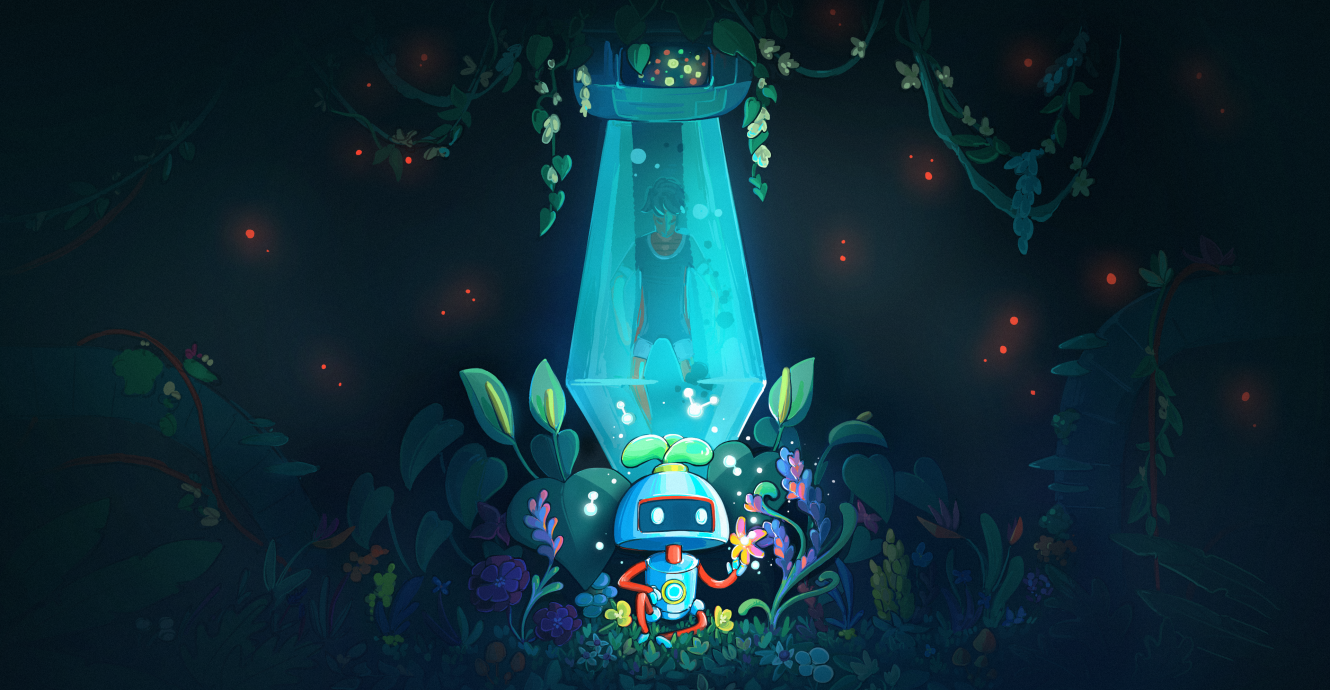
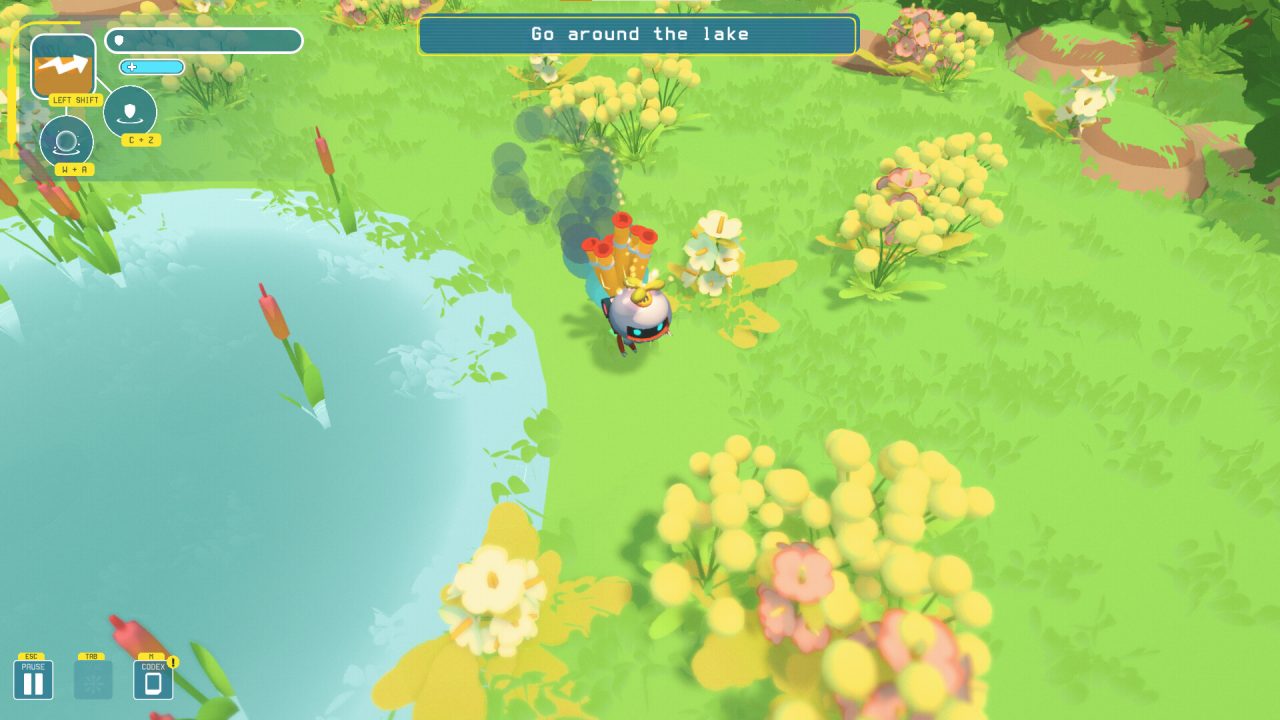
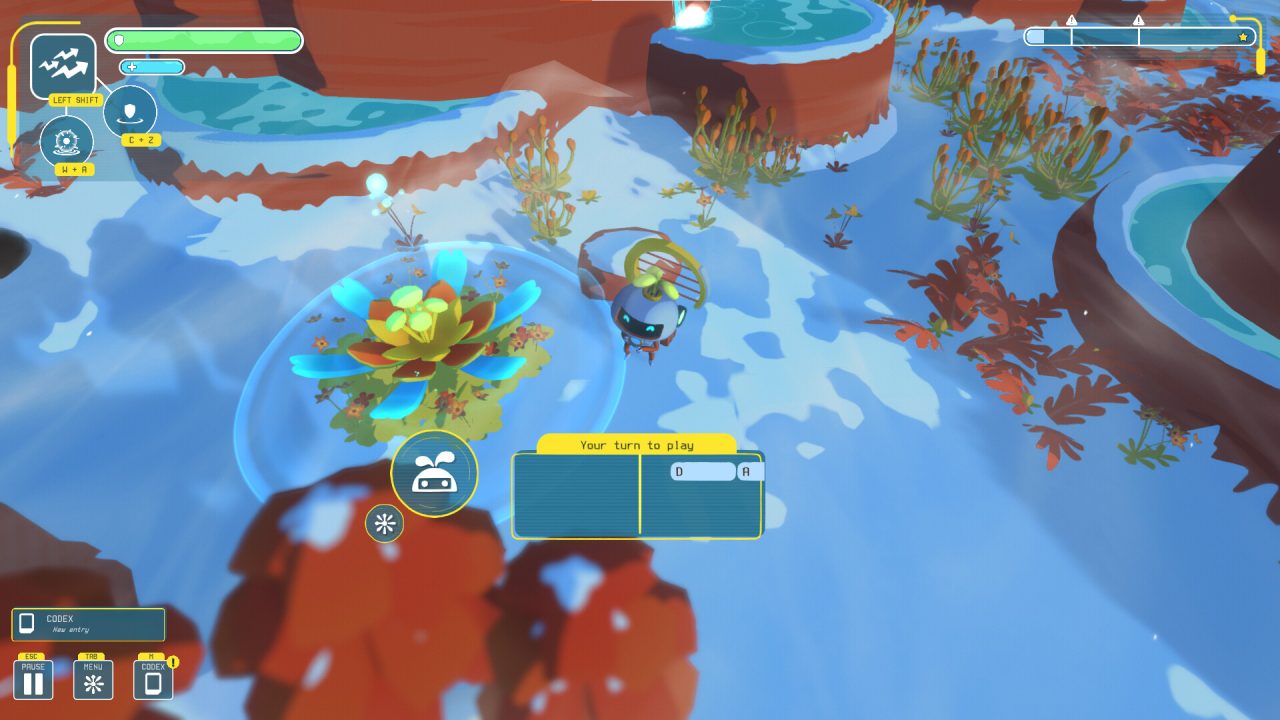
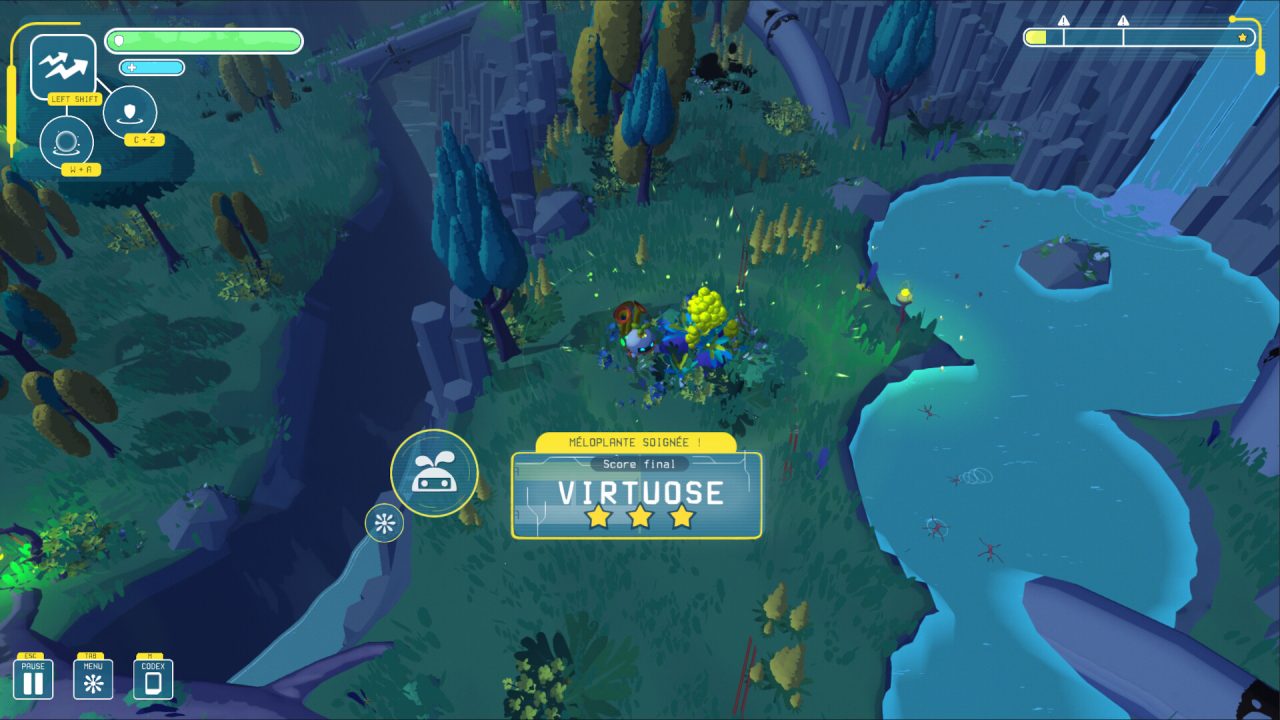
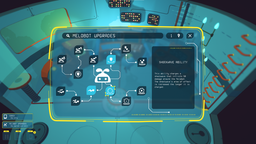
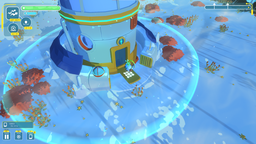
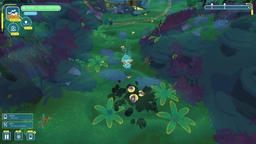
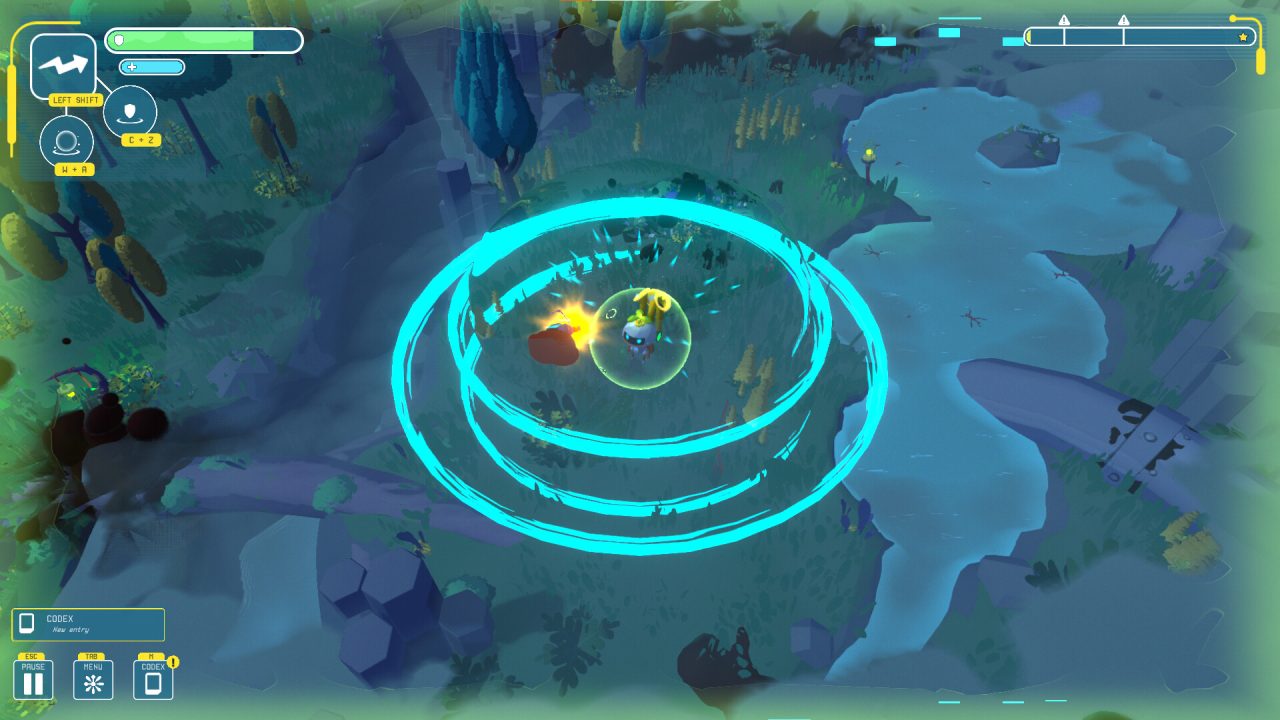
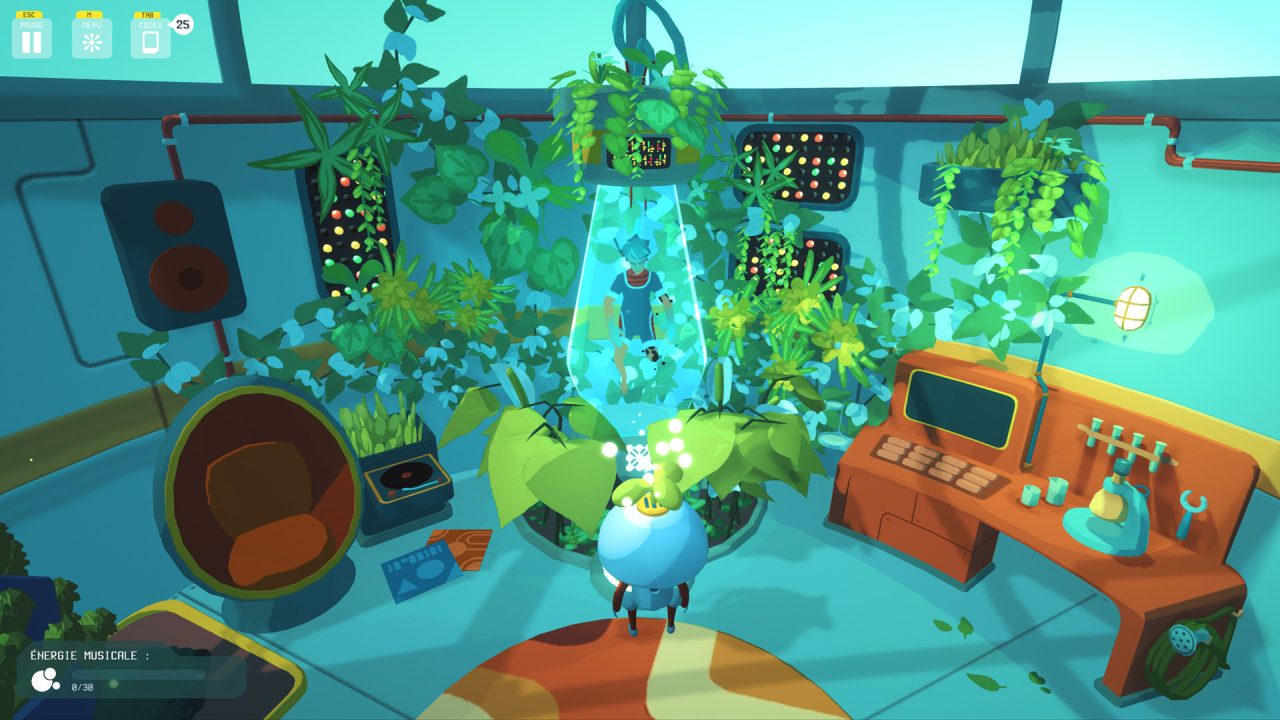
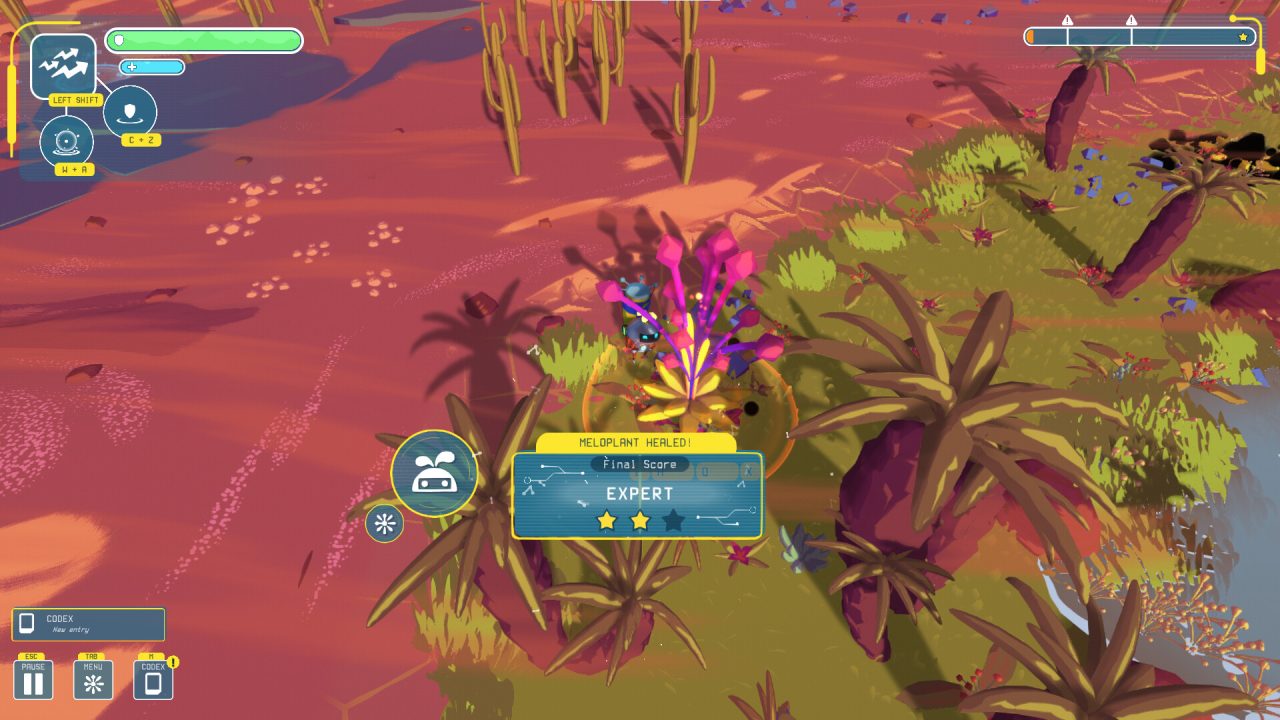
Comments
⚠️ Comments for this post are closed ⚠️